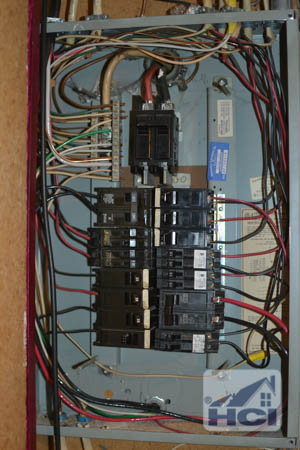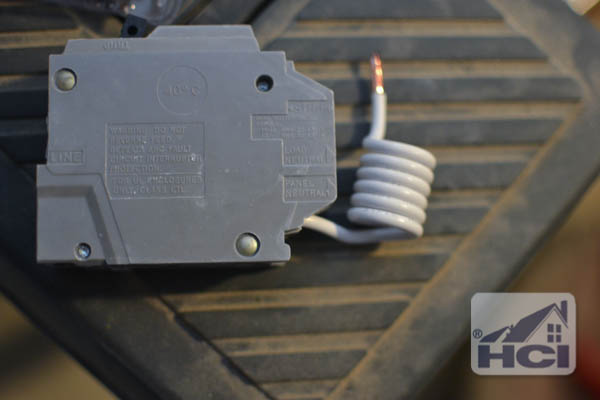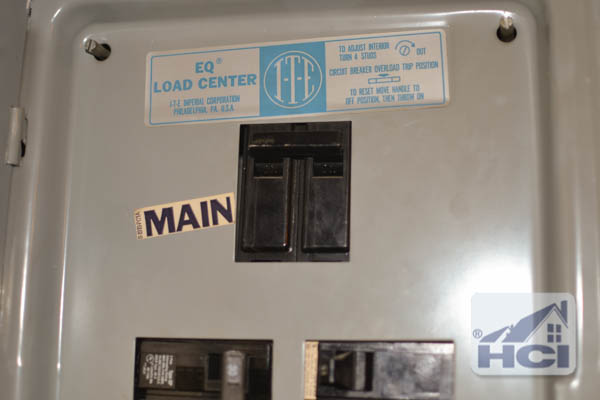AFCI Breaker | How to add one to your panel
AFCI Breaker | How to add one to your panel
An Arc Fault Circuit Interrupt (AFCI) Breaker is a circuit breaker that detects unintentional arcs. In unintentional arc is an arc that occurs outside of the normal operation of electrical devices. Many electrical devices arc, switches, relays, motors, and plugging items into an outlet. Beginning with the 1999 version of the National Electric Code (NEC), AFCIs were required for all outlets in bedrooms. As of 2014 though, all rooms except bathrooms, garages, and unfinished basements require AFCI protection. If building a new home or adding to an existing circuit, an AFCI Breaker will most likely be needed in your panel. Read on to learn how to add one yourself. It is important to note that in some communities and states, homeowners are not allowed to do their own electrical work. Call your building department to see if you are able to perform your own work.
Disclaimer: Electrical work can be dangerous, always take proper precautions to protect yourself. You should always consult a professional and follow product instructions before undertaking a project that you are not qualified to perform. It is possible that information on this article could omit serious safety and health information, or could even be wholly inaccurate. While we never do this intentionally, it is your responsibility to verify information before undertaking a project. If you make use of information on this site, you agree to assume all risks associated with use of that information.
Do I need an AFCI Breaker protected circuit?
When in the planning stages of your home design or remodel project, it’s a good time to figure what versions of the code your Authority Having Jurisdiction (AHJ) uses. The AHJ is just a fancy name for your local building department. Your AHJ may still be using a pre-2014 version of the NEC so an AFCI breaker may not be required. It is worth your time to call up the building department to figure what versions of the International Building Code (IBC), energy code, and NEC have been adopted in your area or check this map from AFCISafety.org. As an aside, building departments are really there to help you. They often get a bad rap from just enforcing the code but remember the code is a set of _minimum_ standards. My current project is adding a gas fireplace and the remote and blower fan need an outlet so in my town that triggers the need for the circuit to be AFCI protected. An AFCI breaker is the easiest way to accomplish that.
False Positives on AFCI protected circuits
There are many reports around the web of AFCI breakers tripping on normal arcing conditions. Treadmills motors have had a lot of electronic ink devoted to them on the web since AFCIs first came on the market. If you are experiencing trips from your circuit the AFCISafety.org website has a web form where these can be reported. The AFCI Safety site is run by NEMA, the National Electric Manufacturers Association, so you know that reporting false positives helps improve future versions of the breakers.
Step by step instructions
1. Obtain a permit and gather supplies
Once you have obtained your permit you can start gathering supplies. For this project a multi-tip screwdriver, flashlight, AFCI breaker, and possibly some lengths of either 14 gauge or 12 gauge white wire and some wire nuts. The lengths of white wire are to lengthen the neutral in case either the load neutral or panel neutral are too short. Before you head to the home improvement store check the make of your electrical box, that way you can match the brand of AFCI breaker to your box.
2. Kill the power to the panel and remove the cover
 Turn off the power to the main breaker. The main is usually marked but if not it’s the largest circuit in the panel. Flip it to the off position. Remove the 4 machine screws in the corners of the cover and lift the cover off. Be sure to note the location of the breaker you are replacing with an AFCI breaker before you remove the panel cover. A word of caution, while the panel is deenergized, the mains coming into the main breaker are still hot. Do not get your tools anywhere near the studs that secure the mains.
Turn off the power to the main breaker. The main is usually marked but if not it’s the largest circuit in the panel. Flip it to the off position. Remove the 4 machine screws in the corners of the cover and lift the cover off. Be sure to note the location of the breaker you are replacing with an AFCI breaker before you remove the panel cover. A word of caution, while the panel is deenergized, the mains coming into the main breaker are still hot. Do not get your tools anywhere near the studs that secure the mains.
Disclosure: In all of the pictures the Main is in the on position. I had to flip it back on after every step to get adequate lighting for pictures. Always be sure to have the Main breaker switched off when doing any work in an electrical panel.















Leave a comment